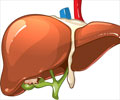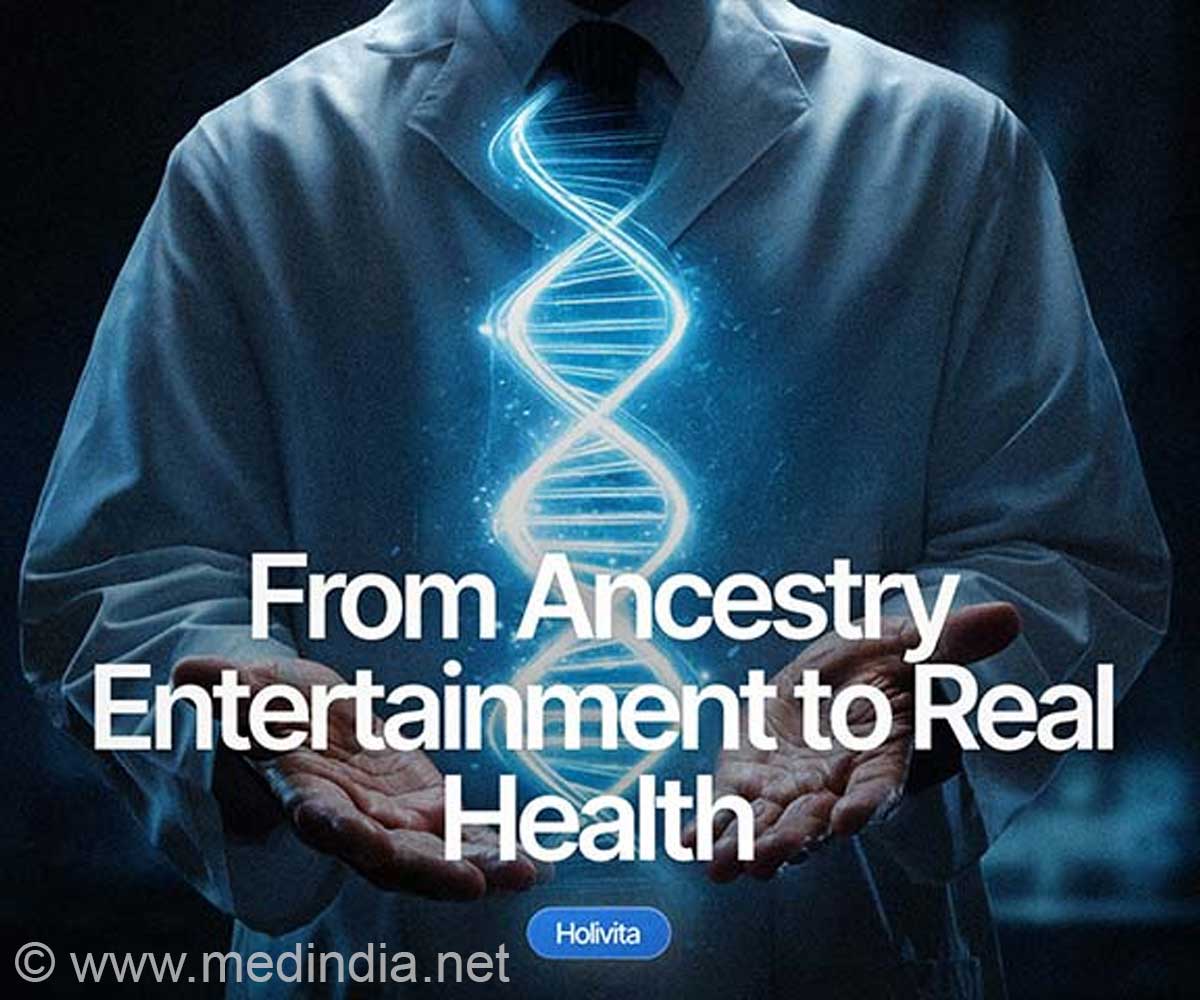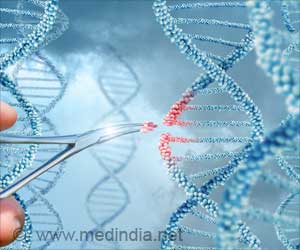The first gene mutation associated with a chronic form of neuroblastoma that affects adolescents and young adults has been identified by researchers.

The study involved 104 infants, children and young adults with advanced neuroblastoma, a cancer of the sympathetic nervous system. Investigators discovered the ATRX gene was mutated only in patients age 5 and older. The alterations occurred most often in patients age 12 and older. These older patients were also more likely than their younger counterparts to have a chronic form of neuroblastoma and die years after their disease is diagnosed.
The findings suggest that ATRX mutations might represent a new subtype of neuroblastoma that is more common in older children and young adults. The work is from the St. Jude Children's Research Hospital – Washington University Pediatric Cancer Genome Project (PCGP). The study appears in the March 14 edition of the Journal of the American Medical Association.
If validated, the results may change the way doctors think about this cancer, said co-author Richard Wilson, Ph.D., director of The Genome Institute at Washington University School of Medicine in St. Louis. "This suggests we may need to think about different treatment strategies for patients depending on whether or not they have the ATRX mutation," he said.
Neuroblastoma accounts for 7 to 10 percent of all childhood cancers and about 15 percent of pediatric cancer deaths. In about 50 percent of patients, the disease has already spread when the cancer is discovered.
For patients whose disease has spread, age has long been a powerful but perplexing predictor of treatment outcome. Currently 88 percent of patients age 18 months and younger become long-term survivors, compared to 49 percent of those ages 18 months through 11 years and only 10 percent of patients age 12 and older.
Advertisement
Researchers must now determine whether tumors with ATRX mutations behave the same way in both children and young adults, following a similarly indolent but often deadly course, said Nai-Kong Cheung, M.D., Ph.D., first author and head of the Neuroblastoma Program at New York's Memorial Sloan-Kettering Cancer Center.
The ATRX mutation is the latest discovery from the PCGP. The three-year project aims to sequence the complete matched normal and cancer genomes of 600 patients with some of the most poorly understood and aggressive childhood cancers. Investigators believe the findings will lay the foundation for a new generation of clinical tools.
This study involved whole-genome sequencing of the complete normal and cancer genomes of 40 neuroblastoma patients. To validate those results, an additional 64 neuroblastoma tumors were also sequenced. The normal and tumor tissue samples were all donated by Memorial Sloan-Kettering Cancer Center patients. The human genome includes a chemical alphabet that stretches more than 3 billion characters in length and provides the instructions to build and sustain life.
The genome data from this and other published PCGP studies are available at no cost to the global scientific community at the PCGP Explore website. To access Explore, go to http://explore.pediatriccancergenomeproject.org.
Researchers found the ATRX gene was mutated in 44 percent of the 32 patients with neuroblastoma age 12 and older. The gene was altered in 17 percent of the 54 patients 18 months through 11 years, although the changes were found only in patients age 5 and older. None of the 18 patients in youngest treatment group, those age 17 months and younger, had ATRX mutations.
Although this is the first study linking changes in ATRX to neuroblastoma, mutations in the gene have been found in cancers of the pancreas, kidney and ovaries. In pancreatic neuroendocrine tumors, patients with ATRX mutations have a better prognosis while neuroblastoma patients with the altered gene fall into the age group with a poor prognosis. The ATRX mutations associated with neuroblastoma include deletions in the gene not found in other tumors.
Evidence in this study suggests ATRX mutations contribute to neuroblastoma cell survival in several ways, including a mechanism called alternative lengthening of telomeres (ALT). Telomeres are the strands of DNA at the end of chromosomes that limit the number of times a cell can divide. By lengthening the telomere, ALT contributes to the unchecked cell division that is a hallmark of cancer and likely makes cancer cells less vulnerable to chemotherapy or radiation therapy. The human genome is encoded in DNA and organized into chromosomes.
Researchers suspect ATRX is also involved in regulating the activity of other genes through epigenetic mechanisms that alter gene activity without changing the underlying DNA sequence. This is in keeping with previous discoveries at St. Jude that retinoblastoma and glioma cancer progression may be driven by epigenetic processes.
Source-Eurekalert










